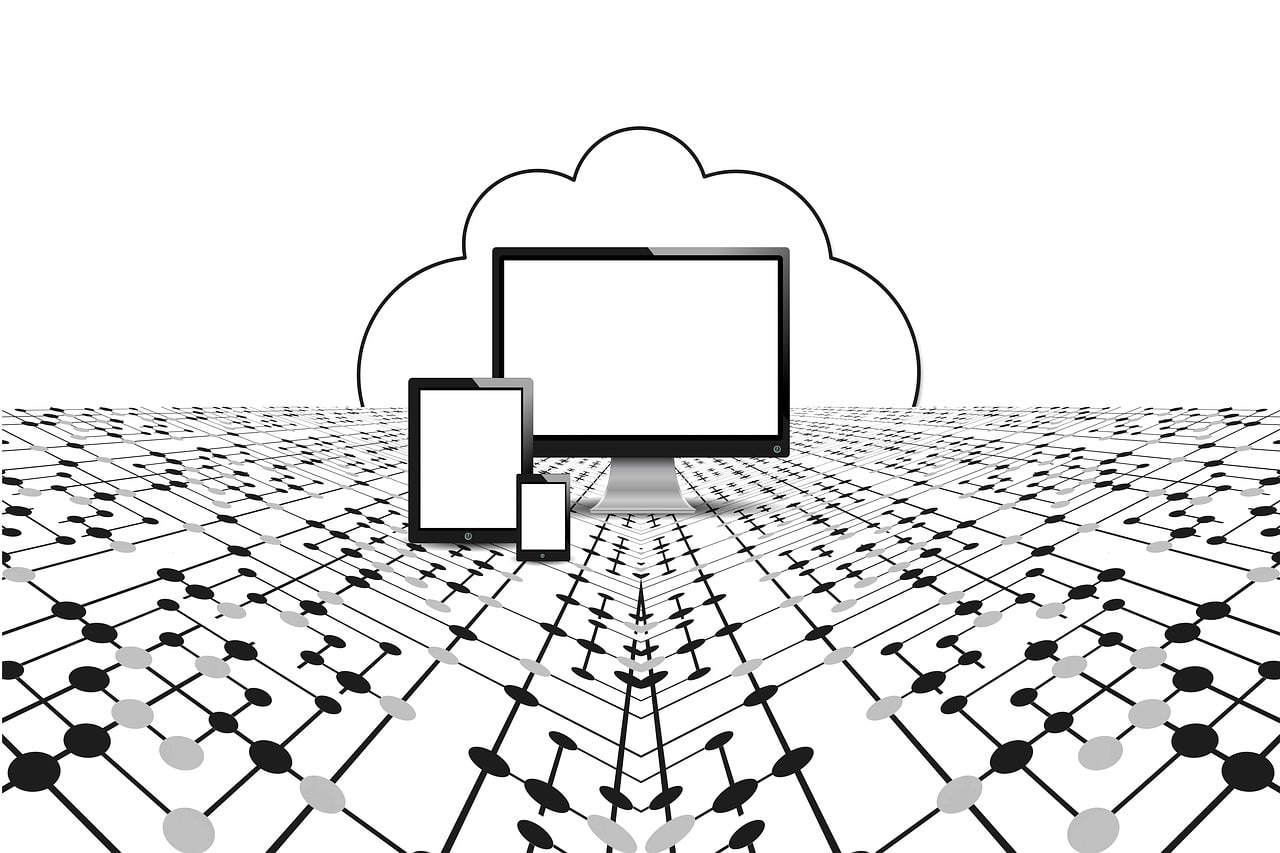 If you are unsure when is the right time to consider cloud hosting, then reading through the 10 signs below will help you determine when your business is ready to take the next step and begin your migration. Bringing your software and IT into a digital infrastructure will present many opportunities to mitigate your traditional pain points and consolidate costs, time needed to execute on tasks and the number of touchpoints decision-makers must go through to access data. Hosted environments deliver better flexibility, scalability and speed than on-premise deployments, which enables you to streamline your processes and propel your operations into the modern age.
If you are unsure when is the right time to consider cloud hosting, then reading through the 10 signs below will help you determine when your business is ready to take the next step and begin your migration. Bringing your software and IT into a digital infrastructure will present many opportunities to mitigate your traditional pain points and consolidate costs, time needed to execute on tasks and the number of touchpoints decision-makers must go through to access data. Hosted environments deliver better flexibility, scalability and speed than on-premise deployments, which enables you to streamline your processes and propel your operations into the modern age.
Here are the 10 signs that it is the right time to consider cloud hosting for your mission-critical assets:
1. Competitors Are Outpacing You with Cloud Hosting
Investments in digital transformation are growing YoY (year over year), including into SaaS (software-as-a-service) technologies, and some of your competitors are likely within this grouping. If you find yourself being regularly outpaced in speed to market, there is a good chance those businesses have already begun migrating away from older systems, optimizing their operations around their new deployment and leveraging the boost in productivity. The increased access to real-time data, in a world where information velocity outweighs volume, also provides a competitive advantage to disruptors seeking to edge past historical players with more innovative ideas.
2. Your Systems Are Much Older Than Your Workforce
Whether you believe it began with Millennials or Gen Z, the global market is being progressively taken over by digital natives who have considerably different expectation of technology than previous generations. If your legacy systems were in use before this incoming workforce was even born, then you will undoubtedly have issues with user experience that will translate to a lack of efficiency. The UX and functionality of your user-facing IT should mimic what your employees see in consumer spaces, with web-based applications leveraging browser interfaces and seamless data delivery.
3. Servers or Other Hardware Need Costly Upgrades
Perhaps the most obvious sign it is time to consider cloud hosting is that your hardware capital expenses are eating into your budget, especially costly server upgrades. Having to replace expensive machines you already invested much in – and just to repeat the cycle again in a few years – will begin to impact your margins, while moving to a digital environment will remove this toll on your business. Even hybrid infrastructures require fewer physical resources onsite, meaning there is less of a maintenance burden on your part and pricing will be reduced to operating overhead instead of upfront expenditures.
4. Current Cloud Applications Live in Disconnected Silos
If you have a subscription to Microsoft 365, Dropbox, or any other number of online services, then you are already hosting data in the cloud. However, having your mission-critical applications living in separate silos eliminates a huge benefit of migration, as without any native integration or customization those files will still have to be transferred manually between systems. A single provider will be able to unify your disparate databases and ensure your users will be able to seamlessly access their information with the right role-based permissions.
5. You Lack the Internal Resources to Handle Cybersecurity
Cybersecurity within web-based environments has been consistently scrutinized, but the truth is that you already have remote endpoints within your network (misconfigured RDP, legacy systems, online apps etc.) that must be covered. If you are hard pressed to handle all your obvious IT needs with your existing internal resources, then you are especially vulnerable to these backdoors and it is only a matter of time until they are discovered (by hackers OR regulators). Cloud service providers (CSPs) can deploy proactive security monitoring over your hosted infrastructure that will methodically identify gaps and potential intrusions before they impact your data.
6. Software Updates Cause Too Much Downtime
On-premise server deployments by definition require manual interaction for maintenance, which means that your IT team must meticulously go from machine to machine to upgrade your existing hardware AND software. This inevitably will cause downtime across your network as workstation computers have to be forced offline in order to complete the process, which will of course cut down your productivity. Yet with cloud-hosted applications these updates can be performed in the background and with minimal disruption to your network users, letting work continue seamlessly and uninterrupted by burdensome system requirements.
7. Your IT Team is Stretched to the Limit
Having to bounce between every single touchpoint within your systems, from servers to workstations to every other mission-critical asset, will eventually take a toll on your in-house IT team, if it has not already. Stretching your internal resources too thin eventually leads to issues being overlooked, which with the amount of manual oversight on-premise systems need will create endless fires to put out and continuously extend the cycle. Consolidating those touchpoints through cloud hosting grants some breathing room as well as allowing you to leverage real-time backend support from your provider.
8. Remote Workers Need to Be Connected to Your Network
The COVID-19 pandemic demonstrated the value of having a distributed workforce strategy, however it also revealed the consequences for relying on remote workers without policies in place for IT oversight. If employees are working from home, they need to be able to interact with their data either through remote desktop access or through cloud connectivity. The latter enables you to obtain additional cybersecurity and support for all of the additional endpoints those users will contribute to your potential attack surface and protect them in real-time.
9. You Are Falling Behind Your Ecosystem in Migrating to Cloud
As the rate of cloud adoption grows, you will undoubtedly see progressively more deployments among third parties throughout your value chain and within your partner ecosystem. You will also inevitably run into issues attempting to connect your legacy software with their hosted applications, if you have not already. Lagging behind does not only impact your standing with your competitors, but among all of your stakeholders as well, and continuing to employ outdated systems will eventually disrupt these relationships.
10. Regulations Move Faster Than Your Compliance Can Keep Up With
Recent years have seen considerable reinforcement of existing regulations, including a strengthening of data privacy across US states and international collectives, expansion of transparency rules throughout manufacturing, and crackdowns on ransomware payouts. This is to say nothing of the regular updates made to tax law details every year, and having to manually update your systems annually only adds to your Year-End accounting tasks. A hosted software environment will ensure your compliance data is updated in the background based on preprogrammed rules that prevent disruption and inaccuracy equally.
Contact SWK to Find the Right Time for Secure Cloud Hosting
If you are experiencing any one of these signs – or the dozens of other red flags signaling your legacy set up is on its last legs – then it is the right time to consider Secure Cloud Hosting by SWK. Reach out to us to learn more about this comprehensive service, including how we can provide real-time data protection and network support for your hosted environment.
Contact SWK Technologies today to learn about our cloud hosting and support services, and discover how to bring your technology into the future.[fc id=’31’][/fc]

